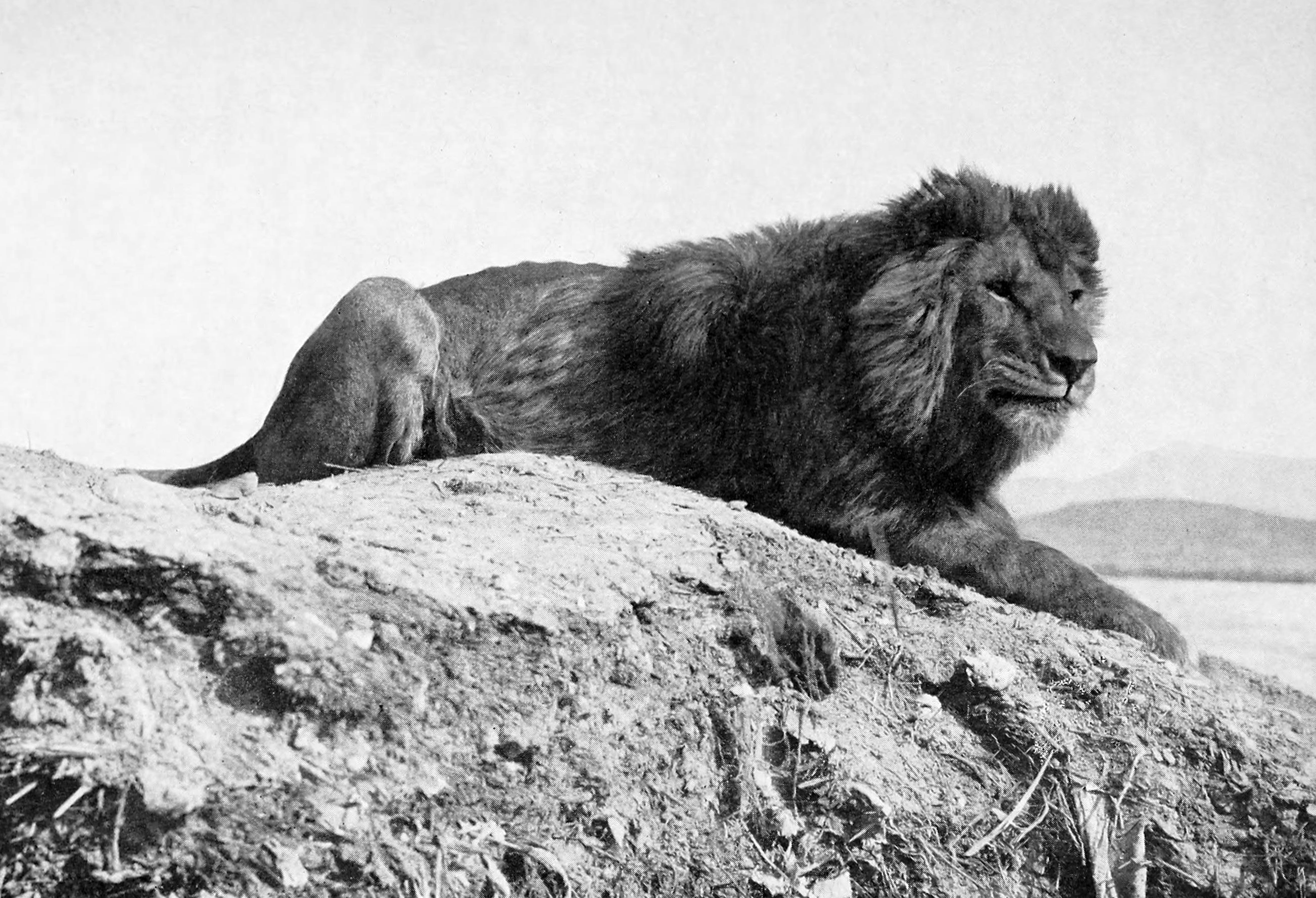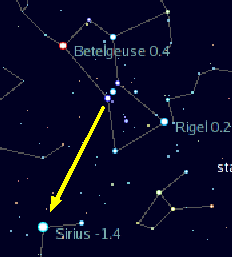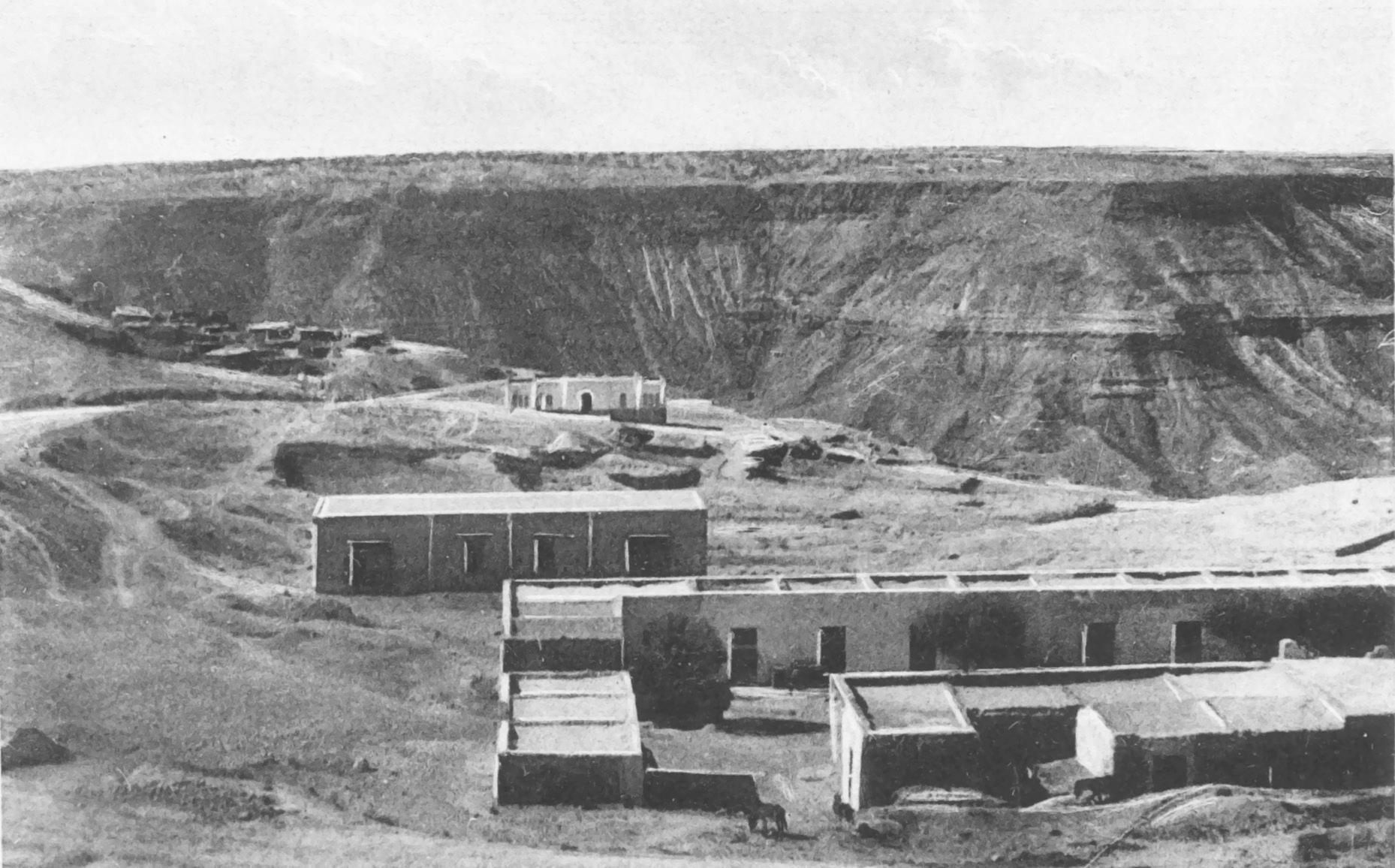|
Berber Calendar
The Berber calendar () is the agricultural calendar traditionally used by Berbers (''Amazigh'', plural ''Imazighen''). The calendar is utilized to regulate the seasonal agricultural works. The current Berber calendar is a legacy of the Roman province of Mauretania Caesariensis and the Roman province of Africa, as it is a surviving form of the Julian calendar. The latter calendar was used in Europe before the adoption of the Gregorian calendar, with month names derived from Latin. Berber populations previously used various indigenous calendars, such as that of the indigenous Guanches of the Canary Islands. However, relatively little is known of these ancient calendrical systems. Differences between calendars The agricultural Berber calendar still in use is almost certainly derived from the Julian calendar, introduced in Africa (Roman province), the Roman province of Africa at the time of Roman domination. The names of the months of this calendar are derived from the corresponding ... [...More Info...] [...Related Items...] OR: [Wikipedia] [Google] [Baidu] |
Marocco Mountains January April
Marocco may refer to: * the Italian name for Morocco * Marrakech, a major city in Morocco, North Africa ** Marocco (see), its former Roman Catholic diocese and present Latin Catholic titular see * Bankes's Horse (c. 1586–c. 1606), an English performing horse * Marocco (surname) See also * Morocco (other) {{Disambiguation ... [...More Info...] [...Related Items...] OR: [Wikipedia] [Google] [Baidu] |
Morocco
Morocco, officially the Kingdom of Morocco, is a country in the Maghreb region of North Africa. It has coastlines on the Mediterranean Sea to the north and the Atlantic Ocean to the west, and has land borders with Algeria to Algeria–Morocco border, the east, and the disputed territory of Western Sahara to Morocco–Western Sahara border, the south. Morocco also claims the Spain, Spanish Enclave and exclave, exclaves of Ceuta, Melilla and Peñón de Vélez de la Gomera, and several small Plazas de soberanía, Spanish-controlled islands off its coast. It has a population of approximately 37 million. Islam is both the official and predominant religion, while Arabic and Berber are the official languages. Additionally, French and the Moroccan dialect of Arabic are widely spoken. The culture of Morocco is a mix of Arab culture, Arab, Berbers, Berber, Culture of Africa, African and Culture of Europe, European cultures. Its capital is Rabat, while its largest city is Casablanca. Th ... [...More Info...] [...Related Items...] OR: [Wikipedia] [Google] [Baidu] |
Oran
Oran () is a major coastal city located in the northwest of Algeria. It is considered the second most important city of Algeria, after the capital, Algiers, because of its population and commercial, industrial and cultural importance. It is west-southwest from Algiers. The total population of the city was 803,329 in 2008, while the metropolitan area has a population of approximately 1,500,000, making it the second-largest city in Algeria. Etymology The word ''Wahran'' comes from the Berber expression ''wa - iharan'' (place of lions). A locally popular legend tells that in the period around AD 900, there were sightings of Barbary lions in the area. The last two lions were killed on a mountain near Oran, and it became known as ''la montagne des lions'' ("The Mountain of Lions"). Two giant lion statues stand in front of Oran's city hall, symbolizing the city. History Overview During the Roman Empire, a small settlement called ''Unica Colonia'' existed in the area of the current ... [...More Info...] [...Related Items...] OR: [Wikipedia] [Google] [Baidu] |
Day Of Ashura
A day is the time period of a full rotation of the Earth with respect to the Sun. On average, this is 24 hours (86,400 seconds). As a day passes at a given location it experiences morning, afternoon, evening, and night. This daily cycle drives circadian rhythms in many organisms, which are vital to many life processes. A collection of sequential days is organized into calendars as dates, almost always into weeks, months and years. A solar calendar organizes dates based on the Sun's annual cycle, giving consistent start dates for the four seasons from year to year. A lunar calendar organizes dates based on the Moon's lunar phase. In common usage, a day starts at midnight, written as 00:00 or 12:00 am in 24- or 12-hour clocks, respectively. Because the time of midnight varies between locations, time zones are set up to facilitate the use of a uniform standard time. Other conventions are sometimes used, for example the Jewish religious calendar counts days from sunset to ... [...More Info...] [...Related Items...] OR: [Wikipedia] [Google] [Baidu] |
Sacrifice
Sacrifice is an act or offering made to a deity. A sacrifice can serve as propitiation, or a sacrifice can be an offering of praise and thanksgiving. Evidence of ritual animal sacrifice has been seen at least since ancient Hebrews and Greeks, and possibly existed before that. Evidence of ritual human sacrifice can also be found back to at least pre-Columbian civilizations of Mesoamerica as well as in European civilizations. Varieties of ritual non-human sacrifices are practiced by numerous religions today. Terminology The Latin term ''sacrificium'' (a sacrifice) derived from Latin ''sacrificus'' (performing priestly functions or sacrifices), which combined the concepts ''sacra'' (sacred things) and ''facere'' (to make, to do). The Latin word ''sacrificium'' came to apply to the Christian eucharist in particular, sometimes named a "bloodless sacrifice" to distinguish it from blood sacrifices. In individual non-Christian ethnic religions, terms translated as "sacrifice" ... [...More Info...] [...Related Items...] OR: [Wikipedia] [Google] [Baidu] |
Couscous
Couscous () is a traditional North African dish a quote: “Couscous or seksu (Image 1) in Berber language or kuskus in Arabic is by origin a Numidian (the Berber population of Numidia) dish…” of small steamed granules of rolled semolina that is often served with a stew spooned on top. Pearl millet, sorghum, bulgur, and other cereals are sometimes cooked in a similar way in other regions, and the resulting dishes are also sometimes called couscous. Couscous is a staple food throughout the Maghrebi cuisines of Algeria, Tunisia, Mauritania, Morocco, and Libya. It was integrated into French and European cuisine at the beginning of the twentieth century, through the French colonial empire and the Pieds-Noirs of Algeria. In 2020, couscous was added to UNESCO's Intangible Cultural Heritage list. Etymology The word "couscous" (alternately ''cuscus'' or ''kuskus'') was first noted in early 17th century French, from Arabic kuskus, from kaskasa 'to pound', and is probably of ... [...More Info...] [...Related Items...] OR: [Wikipedia] [Google] [Baidu] |
Yennayer
Yennayer is the first month of the Berber (Amazigh) calendar. The first day of Yennayer corresponds to the first day of January in the Julian Calendar, which is shifted thirteen days compared to the Gregorian calendar, thus falling on 12 January every year. The Berber calendar was created in 1980 by Ammar Negadi, a Paris-based Algerian scholar. He chose 943 BC (rounded off to 950), the year in which the Meshwesh Shoshenq I ascended to the throne of Egypt, as the first year of the Berber calendar. There is some debate about the traditional date of Yennayer, with some cultural associations advocating for its celebration on the evening of 12 January, which is widespread in Algeria, Morocco, Libya, and the Canary Islands. On 27 December 2017, Algerian President Abdelaziz Bouteflika Abdelaziz Bouteflika (; ; 2 March 1937 – 17 September 2021) was an Algerian politician and diplomat who served as the seventh president of Algeria from 1999 to his resignation in 2019. Before ... [...More Info...] [...Related Items...] OR: [Wikipedia] [Google] [Baidu] |
Dog Days
The dog days or are the hot, sultry days of summer. They were historically the period following the heliacal rising of the star system Sirius (known colloquially as the "Dog Star"), which Hellenistic astrology connected with heat, drought, sudden thunderstorms, lethargy, fever, mad dogs, and bad luck. They are now taken to be the hottest, most uncomfortable part of summer in the Northern Hemisphere. Etymology The English name is a calque of the Latin (), itself a calque of the ancient Greek ().. The Greeks knew the star α Canis Majoris by several names, including Sirius "Scorcher" (, ''Seírios''), Sothis (, ''Sôthis'', a transcription of Egyptian '' Spdt''), and the Dog Star (, ''Kúōn'').. The last name reflects the way Sirius follows the constellation Orion into the night sky. History Sirius is by far the brightest proper star in the night sky, which caused ancient astronomers to take note of it around the world. In Egypt, its return to the night sky b ... [...More Info...] [...Related Items...] OR: [Wikipedia] [Google] [Baidu] |
Jadu, Libya
Jadu or Gado ( ; ;; ; ) is a mountain town in western Libya (Tripolitania), formerly in the Jabal al Gharbi District. Before the 2007 reorganization, and after 2015 it was part of Yafran District. Geography Jadu is located in the Nafusa Mountains, twenty-five kilometers southwest of Tarmeisa (, ''Ţarmīşah''). History Jadu was formerly the capital of the Nafusa Mountains District. Giado concentration camp Giado, as it was then known by its Italian name, was the site of an Italian concentration camp during the Second World War. In 1942, about 2,600 Jews and other people, who were considered undesirables by Italians, were rounded up throughout Libya and sent to the Giado camp. 564 died from typhus and other privations. The camp was liberated by the British Army in January 1943. Civil war Jadu's council rejected the draft 2017 constitution. In April 2020, local Amazigh forces were bombed at the end of the Second Libyan Civil War. See also * The Holocaust in Italian L ... [...More Info...] [...Related Items...] OR: [Wikipedia] [Google] [Baidu] |
Jebel Nafusa
The Nafusa Mountains () () is a mountain range in the western Tripolitania region of northwestern Libya. It also includes the regions around the escarpment formed where the northern end of the Tripolitanian Plateau meets the Mediterranean coastal plain or the ''Jefara''. History The area was a major population and cultural center of the Libu, who repeatedly expanded west. Ibadi imamate In the aftermath of the great Berber Revolt of the 8th century, Ibadi missionaries that had fled from the Umayyad Caliphate took refuge in the Nafusa Mountains. Preachers converted and organized the native Nafusa people into a fighting force. Under the leadership of Imam Abu al-Khattab al-Ma'afari, the Nafusa descended from the mountains and proceeded to conquer all of the crumbling Fihrid emirate of Ifriqiya - capturing Tripoli in 757 and Kairouan in 758. But the Abbasid Arab governor of Egypt invaded Ifriqya, defeated the Nafusa in a battle at Tawergha in 761 (his third attempt - his first t ... [...More Info...] [...Related Items...] OR: [Wikipedia] [Google] [Baidu] |
Maltese Language
Maltese (, also or ) is a Semitic languages, Semitic language derived from Siculo-Arabic, late medieval Sicilian Arabic with Romance languages, Romance Stratum (linguistics), superstrata. It is the only Semitic languages, Semitic language predominantly written in the Latin script. It is spoken by the Maltese people and is the national language of Malta, and is the only languages of the European Union, official Semitic and Afroasiatic language of the European Union. According to John L. Hayes, it descended from a Maghrebi Arabic, North African dialect of Colloquial Arabic which was introduced to Malta when the Aghlabid dynasty, Aghlabids captured it in 869/870 CE. It is also said to have descended from Siculo-Arabic, which developed as a Maghrebi Arabic dialect in the Emirate of Sicily between 831 and 1091. As a result of the Norman invasion of Malta and the subsequent history of religion in Malta#Arrival of Christianity, re-Christianization of the islands, Maltese evolved indepe ... [...More Info...] [...Related Items...] OR: [Wikipedia] [Google] [Baidu] |
Shilha Language
( ; from its name in Moroccan Arabic, ), now more commonly known as Tashelhiyt or Tachelhit ( ; from the endonym , ), is a Berber language spoken in southwestern Morocco. When referring to the language, anthropologists and historians prefer the name ''Shilha'', which is in the Oxford English Dictionary (OED). Linguists writing in English prefer ''Tashelhit'' (or a variant spelling). In French sources the language is called , or . Shilha is spoken in an area covering around 100,000 square kilometres. The area comprises the western part of the High Atlas mountains and the regions to the south up to the Draa River, including the Anti-Atlas and the alluvial basin of the Sous River. The largest urban centres in the area are the coastal city of Agadir (population over 400,000) and the towns of Guelmim, Taroudant, Oulad Teima, Tiznit and Ouarzazate.Adnor, Abdellah (2004). An Electronic Tashlhit-English Dictionary (Prototype) (PhD thesis). Mohammed V University, Rabat, Morocco. ... [...More Info...] [...Related Items...] OR: [Wikipedia] [Google] [Baidu] |








